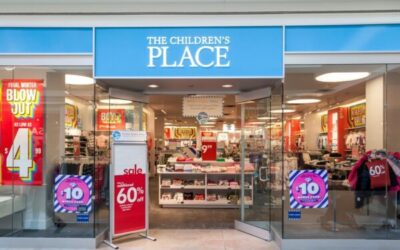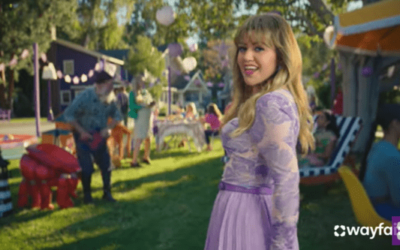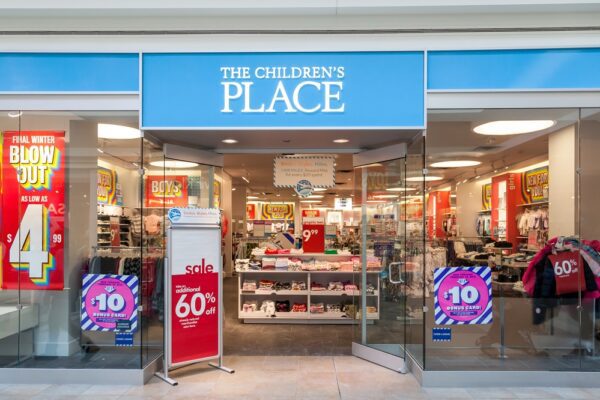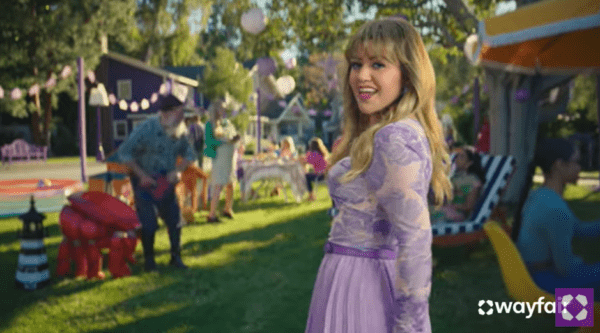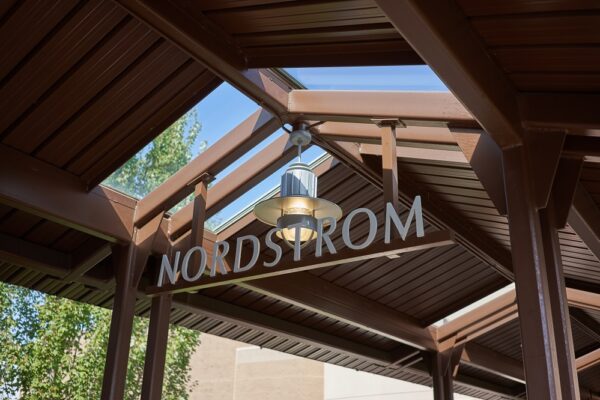How the Packaging Industry Can Help Tackle Confectionery’s Big Waste Problem


The confectionery industry continues to boom in the U.S. A recent study found that 2023 Easter candy sales exceeded projections, with Americans spending $3.3 billion on Easter candy alone. And Easter isn’t the only holiday to boost confectionery sales. Valentine’s Day saw consumers projected to spend an average of $16 on chocolates and candy — up from under $9 per person in 2010 — while Halloween candy sales reached a record $3.1 billion in 2022.
While the confectionery segment may be on the rise, so too are the industry’s mounting packaging waste issues. Plastic packaging continues to dominate the confectionery industry despite warnings that only 5% of U.S. plastic waste is being recycled, making it one of the most wasteful materials on the market.
In addition to plastic’s recycling problem, many candy brands rely on mixed materials for their barrier properties and to elongate the shelf life of their products. This further complicates how consumers can sustainably dispose of candy wrappers and packaged products.
To better tackle confectionery’s big waste problem, some of the biggest brands in the U.S. are beginning to revise their approach to packaging and explore the latest sustainable trends. However, there are certainly hurdles brands face when exploring alternative packaging solutions.
Biodegradable Options
Candy brands like Skittles have recently switched to biodegradable packaging, but is this really an effective alternative to traditional plastic wrappers?
While biodegradable packaging offers a promising solution to reduce the amount of waste generated by traditional packaging materials, there are issues that need to be addressed. In the U.S., there is no federal legislation on biodegradable claims. The FTC offers guidelines, but no laws and only a few U.S. states legislate the term.
However, the silver lining is that legislative progress is happening, especially on recyclability terms. For example, in 2021, California passed a new bill with its AB 1201 passage creating a requirement that compostable products must be certified by third-party organizations like the Biodegradable Products Institute (BPI). The bill also prohibits the use of misleading terms like “biodegradable,” “degradable” and “decomposable” on plastic products. Big changes like these suggest that a focus on compostable and biodegradable claims will likely follow soon.
Additionally, some biodegradable materials may not be as durable as traditional plastics, which can lead to issues with product quality and safety. Businesses should continuously test and evaluate the effectiveness of their biodegradable packaging, which will help to identify any potential issues or challenges that need to be addressed to improve the packaging’s long-term performance and sustainability.
The Rise of Recyclable
Exciting new legislation is putting forth standards based on practical recycling. California state bill 343 calls for “truth in recycling” by regulating the word “recyclable” and the chasing arrow symbol.
However, putting sweet goods in sustainable packaging is not all sweetness. It often results in trade-offs in other areas. For example, many current materials have been curated for high-speed conversion and optimized to deliver consumer functionality. If significant changes are required, these benefits can become limited.
Mars Wrigley has taken some steps toward addressing this with the introduction of mono-polymer material for M&M’s in France and a paper-based flow wrap for its Balisto bar in Germany.
Another option for businesses is to move away from conventional polymers entirely, into alternative recyclable materials. Paper is one option, and brands like Nestlé are already using paper packaging for products like its Smarties hard candies worldwide. Paper has the advantages of being inexpensive and easily recognized by consumers as a sustainable material.
However, the biggest challenge here is performance. Conventional packaging has built-in barrier properties that protect the products, which is trickier to achieve with alternative materials like paper — so running smaller-scale tests to evaluate performance and feasibility is imperative.
Enhanced Labels
“Wishcycling” is a term used to describe the practice of putting items into the recycling bin with the hope or assumption that they can be recycled, even if you are unsure if the item is accepted by the local recycling program.
It can have negative consequences for the recycling process, as it can lead to contamination of the recycling stream, making it more difficult and expensive to sort and find the materials that are actually recyclable.
Better packaging labels can play an important role in reducing poor recycling practices, by helping consumers make more informed decisions about the products they purchase and how they dispose of them.
The use of standardized labeling, like the How2Recycle label, can provide consumers with clear and consistent information about the recyclability of an item, as can disclosing the product’s environmental impact.
Packaging labels that display eco-friendly certifications, like the Forest Stewardship Council (FSC) certification or the Sustainable Forestry Initiative (SFI) certification, will help consumers identify products made from sustainable materials, which may encourage them to buy them more often.
Lowering Excess
Optimizing inventory management can reduce a business’ production costs over time if more focus is given to efficient packaging design.
For example, it can help businesses to better forecast their packaging needs and avoid over-ordering or under-ordering packaging materials. This lowers the amount of packaging material used in production, which can result in significant cost savings over time.
Better managed inventory levels reduce the amount of space required for storing packaging materials, freeing up valuable warehouse room and storage budgets.
Companies can also better manage their transportation needs by consolidating orders, using more efficient transportation methods and avoiding last-minute rush orders, which are more expensive.
Businesses should switch to durable, reusable packaging alternatives for a more sustainable approach because it can significantly reduce the amount of waste generated. While the upfront cost of reusable packaging may be higher than single-use alternatives, businesses can save money in the long run by reducing the need to constantly purchase new packaging materials that are discarded after one use.
This lowers the amount of waste sent to landfills and promotes a more circular economy.
Finally, not only do reusable packaging alternatives have a significant positive impact on the environment, but they can improve a business’ brand image by demonstrating a commitment to sustainability and environmental responsibility. This can attract more environmentally conscious customers and differentiate your business from its competitors.
Charles Haverfield is the CEO of U.S. Packaging & Wrapping, a full-service, customer-driven packaging supply company. U.S. Packaging & Wrapping is dedicated to providing superior products and services at an affordable price. Its staff takes pride in the ability to inform customers about various packaging options. Headquartered in Central Arkansas with shipping warehouses on the east and west coast, U.S. Packaging & Wrapping strives for fast and affordable shipping.



